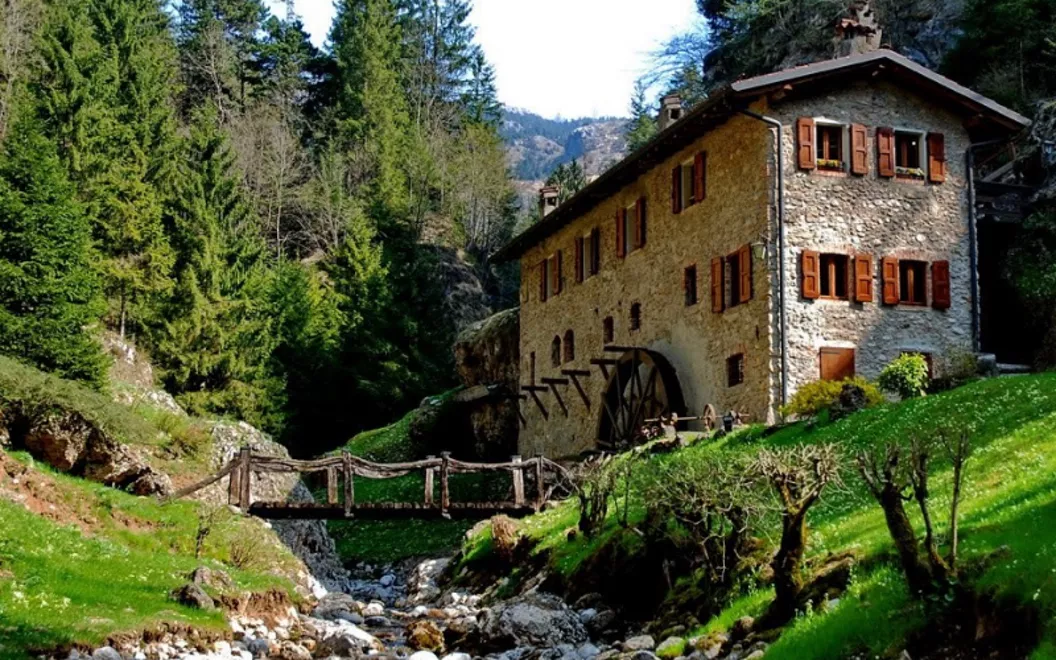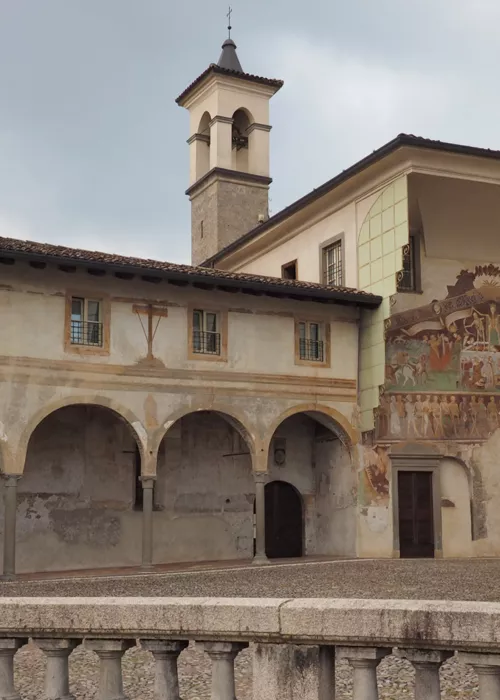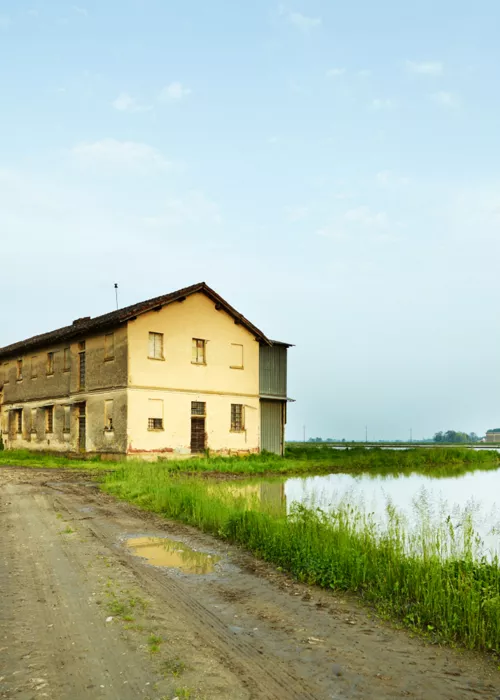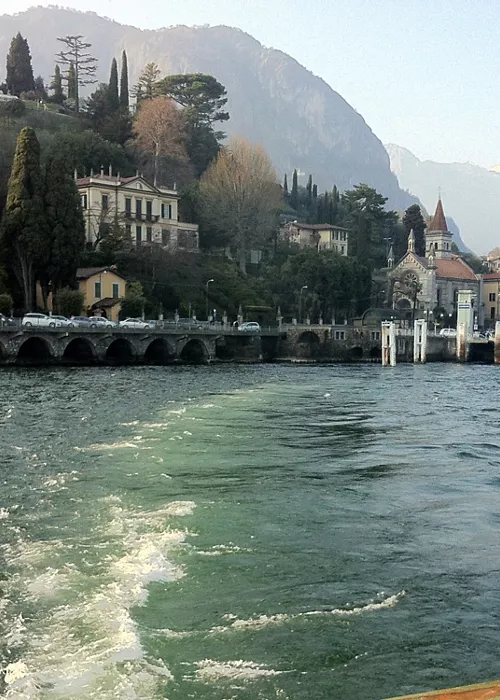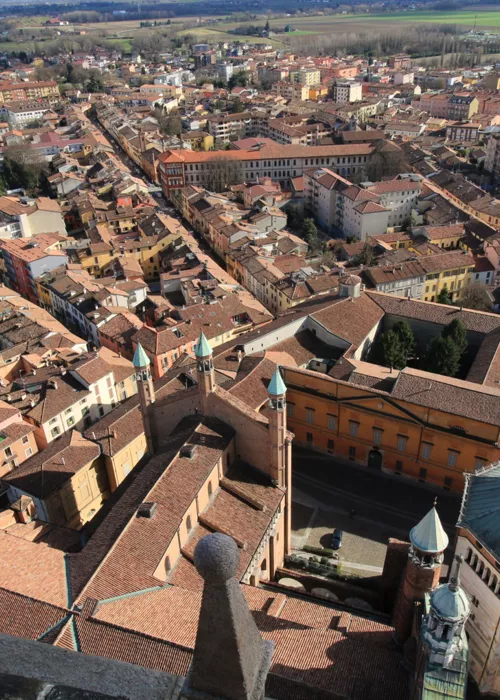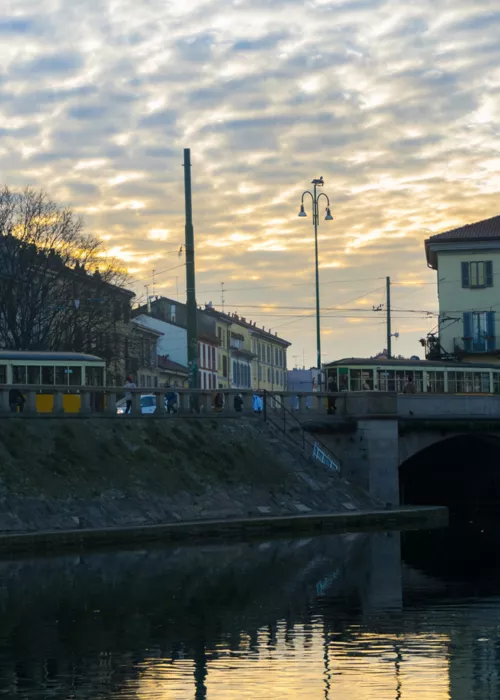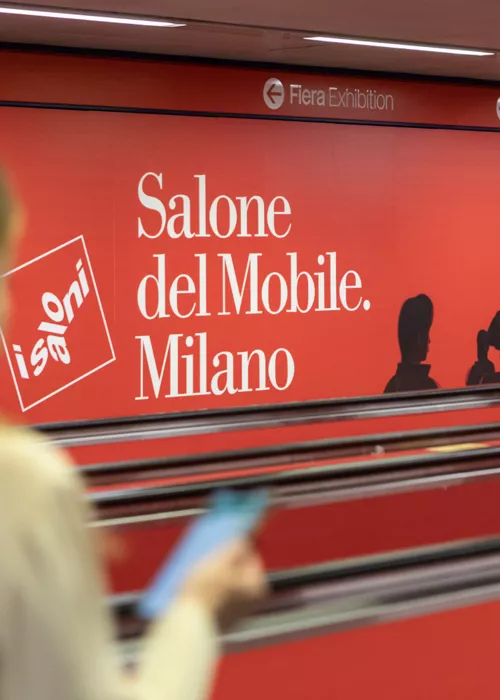Baresi Mill – Roncobello

Roncobello is located in Valsecca. The name ronco derives from the area's green fir woods, while the adjective bello (beautiful) was bestowed by King Vittorio Emanuele II, who was fascinated by its beauty. Here you can visit the 17th-century Gervasoni mill in Baresi, nestled amid the picturesque landscape of the Bergamesque Prealps in Val Brembana. The mill was still operating as late as 1996 thanks to the miller Maurizio Gervasoni.
As you pass through the village of Oro di Baresi, the last house belongs to the Gervasoni family. From up on high, it seems to watch over the press-mill that lies just 200 metres away. As far back as the 17th century, thanks to the mill, the family produced the goods it needed to survive: yellow and white flour, millet, and walnut oil for cooking.
The site, which risked falling into disrepair, came second in 2003 in an Italian Environment Fund vote on the country's "Most beloved places". In 2005, the association bought it from its owners, thanks to a donation from Intesa San Paolo, and restored it.
The most important piece of the whole building is the press, used to press walnuts in order to produce walnut oil that could be used as food for people and animals and also for lighting.
Inside the mill are the remnants of the stone and wooden wheels, as well as a few arms from the cableway that was used to transport the wood and the work tools for the trip hammer and the grindstone. A room adjacent to the main one housed a cheesery where the milk was processed.
Another mill can be found in Valtorta, next to the Grobia stream as you enter the village. Open to visitors, it was used both for its trip hammer and for its grindstone.
The Mulino Bianco, now Le Macine Museum – Castione della Presolana

Castione della Presolana is a small mountain village in the Seriana Valley, where tourism has developed considerably since the early 1900s.
Quiet and surrounded by greenery, Castione is the ideal destination for families with children and for silver tourism; the village centre is lively and boasts numerous shops, but there are also many green spaces. To maintain the original look of the village, the municipality has issued a PGT (Territorial Zoning Plan) with very strict rules: the only building materials that can be used are wood and stone, including for restorations.
Not far from the centre, we find the Valle dei Mulini, (Valley of the Mills), home to human settlements since prehistoric times. The valley, enclosed between steep walls, takes its name from a number of mills dating back centuries, which have now almost all disappeared. It is crossed by a stream that has created canyons and high rocky cliffs, well known among climbing lovers. Trails of various difficulty levels set out from here.
The Mulino Bianco (White Mill), which dates back to the 16th century and was active until the 1960s, has now been transformed into the Le Macine Museum following renovation. This restoration is all down to the current owner, who takes care of maintenance and is an avid collector of traditional objects and tools. On the lower floor, we find the gears of the millstones that worked the wheat and corn.
The Mills Park – Cerete

Cerete is located at the crossroads between the Seriana Valley and the Cavallina Valley and is intersected by the Borlezza stream. The village is divided into three hamlets: Cerete Alto, Cerete Basso and Novezio.
The Val Borlezza Ecomuseum is a cultural institution that aims to reconstruct, bear witness to and promote the transformation of local living and working environments. In centuries gone by, the abundance of water enabled the proliferation of artisan trades, especially sawmills, cereal milling, fulling and forges.
One of the routes on offer is the Mills Walk: local elders recall at least eight mills scattered along the banks of the Cula and Borlezza streams. We start from the car park near the cemetery and head towards the centre of the village. The directions lead to the Pestù, a mill specifically for the production of tannin, a substance used to tan animal skins. We continue on past the rammed earth ovens, the millstones for the different types of cereals and, finally, the Antico Mulino Giudici Pietro (Giudici Pietro Old Mill), one of the few still active, made exclusively from stone and driven by water.
Probably built in the 16th century, it symbolises the history of this town and is one of the most famous places of interest in the Borlezza Valley and the wider Bergamo region.
It is currently run by Flavio Vecchi, who took it over from the Giudici family in order to follow his passion for cereals and working with them.
Over the centuries, agricultural activity on the land has changed profoundly: we have moved from subsistence farming, supported by traditional livestock raising, to market farming that is today focused on sustainability and protecting biodiversity by safeguarding ancient seeds.
The Cerete Mill grinds spelt, wheat and oats, grown organically to enhance quality and preserve their nutritional properties.
Mr Vecchi's venture is a real "cultural revolution" that involves adults and children rediscovering the mill and the ancient traditions of milling, with targeted experiences and educational activities.
The different varieties of flour can be purchased from the adjoining store but can also be found at local ethical buying groups, known as GAS or Gruppi di Acquisto Solidale.
A must-see to complete the tour is the MaCer (Museum of Mills, Milling and Cereals), opened in 2018 by the La Sorgente assocation inside the former Church of San Rocco. On display, there are reconstructions of Stone Age millstones and still-functioning vintage machinery.
The Bienno Mill

The original name of Bienno derives from "bhu" (land) and "ennus" (stream), hence Buennum or "stream of mines".
As early as the 1st century AD, there are accounts of iron being worked with an anvil and hammer, but not with water and a trip hammer. It was only in the 10th century that the Benedictines introduced the mills and the paddle wheel. After the plague that struck all the villages of the Camonica Valley in 1348, including Bienno, the 15th century was the century of rebirth: the town was enriched and embellished with monuments, grand homes and towers of which many noticeable traces and examples survive today.
Venetian rule, which ended at the start of the 19th century, developed the skills of the Camonica Valley's blacksmiths in producing various kinds of weapons and tools. On 7 July 1634, an enormous landslide caused the Grigna waterway to flood, affecting the entire valley. In particular, the Dosso bridge in Bienno collapsed, sweeping away 28 houses and the same number of forges. Recognising the value of the metalworkers, the Republic of Venice assisted the local community in the reconstruction process.
The Bienno Mill, once used to grind the grain of the town's inhabitants, dates back to the 1400s and is now owned by the municipality.
It occupies three floors: the ground floor houses the machines, while on the upper two floors you can visit the well-preserved miller's home as well as the Museum of Rural Life. Visitors can get a closer look at the world of yesteryear, including livestock breeding, milk processing, fruit and vegetable growing, beekeeping, wool processing, and much more...
Inside the mill, you can buy the products of the milling process.
In 2008, the municipality of Bienno became one of the "Borghi più belli d'Italia" (Italy's Most Beautiful Villages) and was awarded the Touring Club Italiano – Bandiera Arancione accolade.


